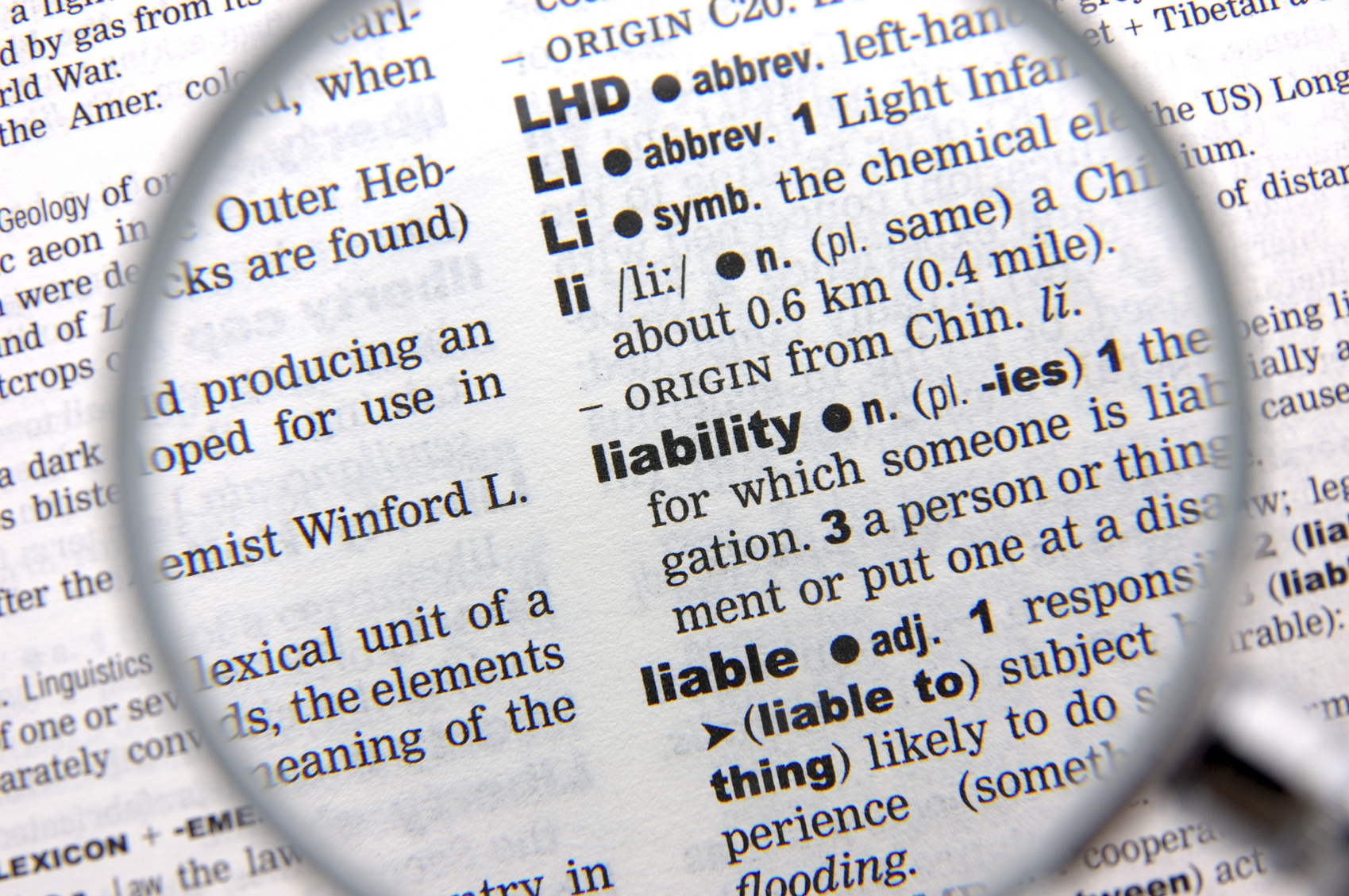Liability
In a few cases, fault in a car crash is rather easy to establish. For example, if Debra Defendant is talking on her cellphone while driving her own vehicle on her own time when she rear-ends Paula Plaintiff, who is stopped in traffic and waiting at a red light, Debra is clearly at fault and clearly responsible for Paula’s damages.
But assume Paula pulled out in front of Debra in traffic and Debra rear-ended Paula. Who is at fault in that scenario? Or assume Debra was hauling goods for XYZ Company in a delivery truck when she hit Paula. Who is responsible for damages in that scenario?
Liability is a two-part inquiry. First, the responsible party, or responsible parties, must be identified. Second, the appropriate party, or parties, must pay damages.
First Party Liability in Car Crashes
The crash between Debra and Paula did not happen by chance or by accident. Most likely, the choices both parties made in the hours, minutes, and moments before the collision caused the wreck.
Decisional liability has to do with the choices made, or not made, before operators start driving. Typically, these decisions revolve around the three types of impairment. Although the sources (alcohol, drugs, and fatigue) are very different, the effects are quite similar.
In most cases, drivers are alcohol-impaired after only one drink. Alcohol is an antidepressant, so people who drink nearly always experience a sense of release and euphoria. When it comes to driving, this feeling of euphoria often means that operators are slower to recognize dangerous situations and more willing to push the envelope in terms of their driving habits. That extra few ticks on the speedometer or half-second delay before tapping the brakes can mean the difference between a safe drive home and a serious injury collision. There are also physical symptoms, such as blurred vision and slower reaction times, that are extremely dangerous when operating heavy machinery, including motor vehicles.
Contrary to popular myth, much drugged driving results from abuse of prescription and over-the-counter medications. Many painkillers and antidepressants are very powerful and have serious side-effects even when patients take them exactly as directed. Taking too many pills, or taking pills while not under a doctor’s care, can be even worse. Similarly, many over-the-counter sleep aids and other medicines have active ingredients that required prescriptions just few years ago.
Fatigued drivers have many of the same issues as drugged and drunk drivers. In fact, driving after eighteen consecutive waking hours is like driving with a .08 BAC, which is above the legal limit in both Nevada and California. Moreover, most of the tips and tricks that observers once suggested, like turning up the radio volume, may make drivers feel more alert for a few minutes, but the effect quickly passes. Also, these tricks do nothing to remedy the impaired judgement and motor skills associated with fatigued driving.
Behavioral liability, or the choices that drivers make just before the crash, is the second liability area. Typically, behavioral liability is associated with motor vehicle code violations, like speeding, illegal lane changes, ignoring traffic control devices, and the like. Distracted driving is also a serious issue, which is why California lawmakers recently expanded the cellphone ban. Previously, the ban only applied to talking or texting; the amended VC 23123.5, which takes effect January 1, makes it illegal to “use or hold” a cellphone or other electronic device.
Finally, there is environmental liability. Many drivers fail to adjust to adverse conditions, like rain or darkness, by slowing down and driving more carefully. Additionally, although it is easier to drive on familiar streets than unfamiliar ones, many drivers do not acknowledge or appreciate the difference.
In most car crash cases, the insurance company tries to shift blame to the victim, to reduce or deny recovery. Comparative negligence is one of the most common arguments. To return to the previous example, assume Paula made an illegal lane change, and Debra — who was speeding — rear-ended her. In cases like this, the juries must apportion fault on a percentage basis.
California is a pure comparative fault state that divides liability based solely on the percentage of fault. Assume the damages were $100,000 and the jury splits fault 50-50. In California, Paula would receive $50,000. But if the same crash and same result occurred in Nevada, Paula would get nothing. That’s because the Silver State is a modified comparative fault state with a 51 percent bar. So, if the defendant’s liability is not at least 51 percent, the plaintiff is ineligible for recovery.
Third Party Liability in Crash Cases
Many states have dram shop laws that hold commercial alcohol providers liable for damages if their intoxicated patrons later injure someone. But Nevada has never had a dram shop law and California legislators recently did away with the Golden State’s version of that law.
Other third party liability theories may apply, such as respondeat superior (“let the master answer”). In a nutshell, if the tortfeasor (negligent driver) was an employee acting within the course and scope of employment at the time of the crash, the employer is at least partially responsible for the victim’s damages. All the relevant terms are defined in broad and plaintiff-friendly terms.
Third party liability is often important because so many drivers are under-insured. Nevada has one of the lowest minimum auto insurance policy requirements in the country, and California’s requirements are not much higher. While it is relatively easy to collect damages from insurance companies, it is difficult, but not impossible, to collect from individuals.

Leave a Reply